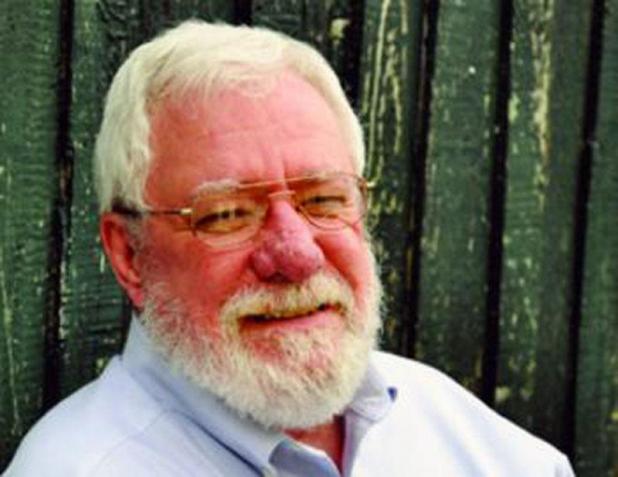
Jim Bradshaw
The telegraph and climate change
We’ve blamed unseasonable weather on all sorts of things over the years. When I was growing up in the Cold War years of the 1950s there was a persistent rumor that the Soviets were manipulating the weather. Before and since then we’ve pointed fingers at all sorts of other things, sometimes with science to back the claim, sometimes not. It’s been that way for a long time.
When a rare snow storm struck in St. Mary Parish in 1852 at least one senior citizen who had seen much weather blamed the telegraph wires that were beginning to span the continent. Cold weather latched onto the wires in the frigid North and followed them to the balmy South, according to that theory.
If the telegraph companies kept stringing wire, the man feared, Louisiana would get so cold that the bayous would stay frozen and sugar planters would have to move to South America to make a crop.
The report in the Planters’ Banner of January 18, 1852, said that on the Saturday before the snowfall, “the weather was warm, and seemed to indicate the approach of rain,” but that the wind started to blow from the north.
“On Sunday night … considerable cold was experienced, which continued to increase and the following morning ushered in one of the rawest and most disagreeable days ever witnessed in the South,” in the newspaper’s opinion. “The sun had his cheerful face all day, but the atmosphere exhibited a murky appearance very unusual in this latitude, and the whole face of Nature portended that something more than common was about to transpire.”
The snow began to fall in the early afternoon, and “the flakes continuing to fall thick and fast throughout the afternoon and night, exhibited to the waking eyes of the citizens on the following morning a sight that would have done credit to the North — snow to the depth of several inches covered every spot of ground and every roof!”
The “oldest inhabitant,” which newspapers always sought out when unusual things happened, “rubbed his eyes with astonishment and for a time appeared unwilling to admit that even such a body of snow could possibly have fallen in Louisiana.”
At length he exclaimed, according to the newspaper, “Well this beats all! Snow in Louisiana — and such snow! It is all owing to their new-fangled notions — them telegraph wires and their railroad schemes. It is no wonder that we have such weather, when we’ve got up so close to the North, as to speak to them quick as lightning!”
“After a while,” the old-timer speculated, “we’ll have our Mississippi and our bayous so frozen over that our summer heat won’t thaw them before they’re frozen again. And we’ll have to go to South America or some other out-of-the-way place to make our sugar.”
It is entirely possible that the Banner made up the old inhabitant’s remarks and offered them tongue-in-cheek, but maybe not. Sometimes things like that catch on.
It was only a few years later, for instance, that the Donaldsonville Chief reported that people were moving out of low parts of New Orleans and coastal Louisiana because of the prediction that an unusual alignment of the planets was about to cause a huge tidal wave that “would extend some distance inland, carrying destruction and desolation in … vast proportions.”
That forecast was reputedly made by “the celebrated Professor Agassiz,” and persisted even after another professor, Caleb G. Forshey of New Orleans, told newspapers that “no ‘conjunction of the planets’ or combination of causes known to science, can give the remotest guess when an earthquake will occur, or a volcano discharge its lava, at any place on the globe; and nothing short of a considerable upheaval beneath the sea, or a disturbance of its bed, can produce any such wave as is fancied in this absurd prediction.”
“OK.” the fearful said, “maybe you can’t say for sure that it will happen, but neither can you say that it won’t.”
That does sound a bit like some of our modern forecasts of a “fifty percent chance” that it might rain or snow, or that it might not. But at least we’ve moved past blaming the telegraph lines, I think.
A collection of Jim Bradshaw’s columns, Cajuns and Other Characters, is now available from Pelican Publishing. You can contact him at jimbradshaw4321@gmail.com or P.O. Box 1121, Washington LA 70589.
